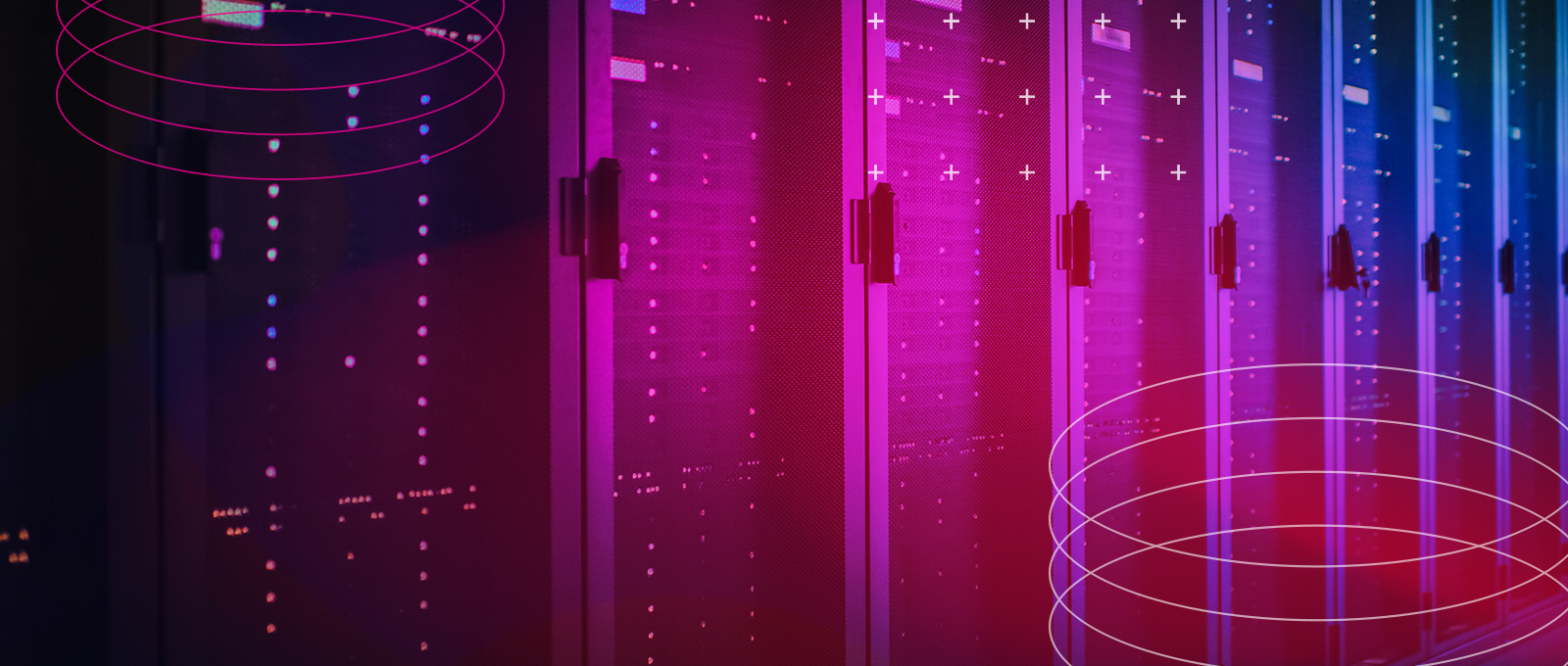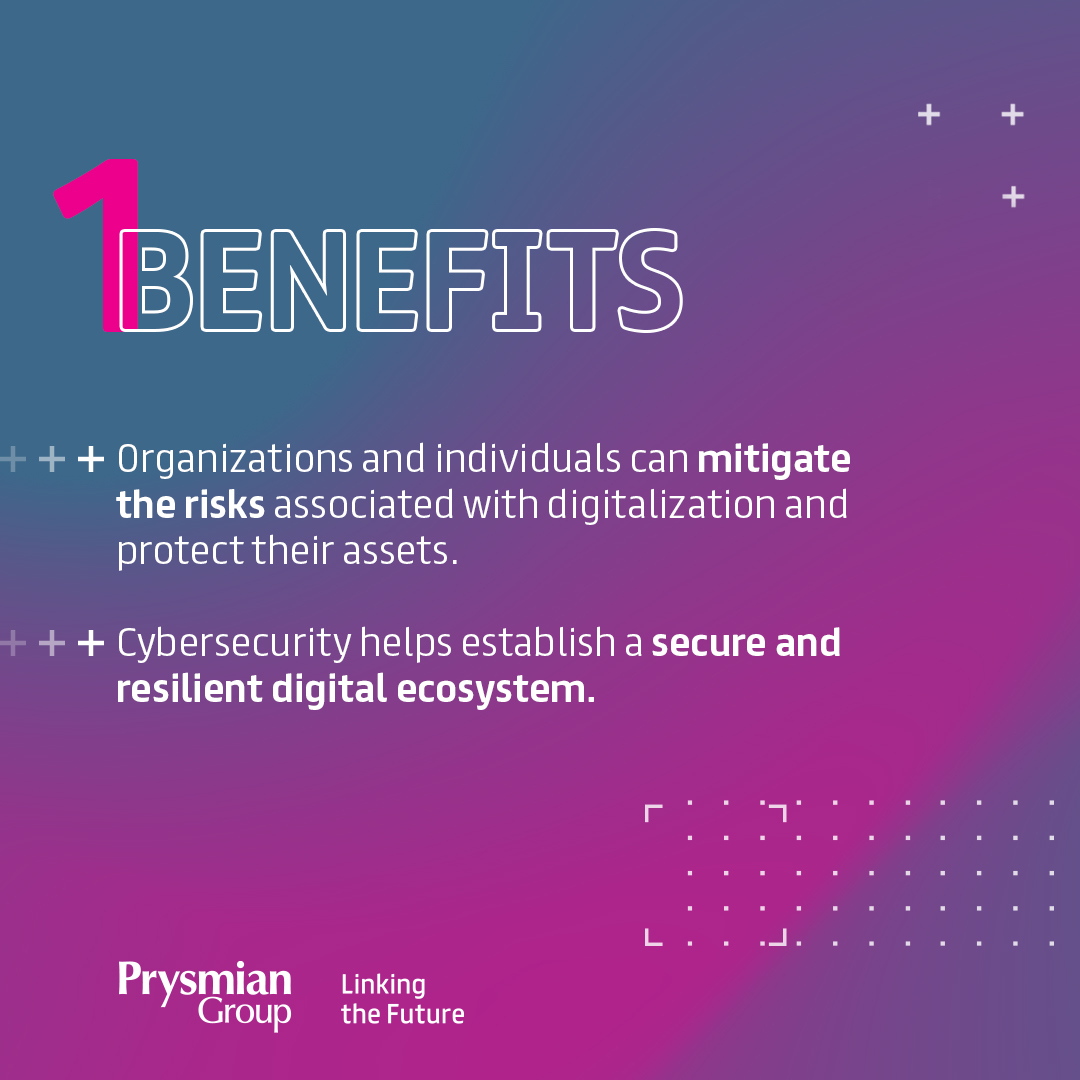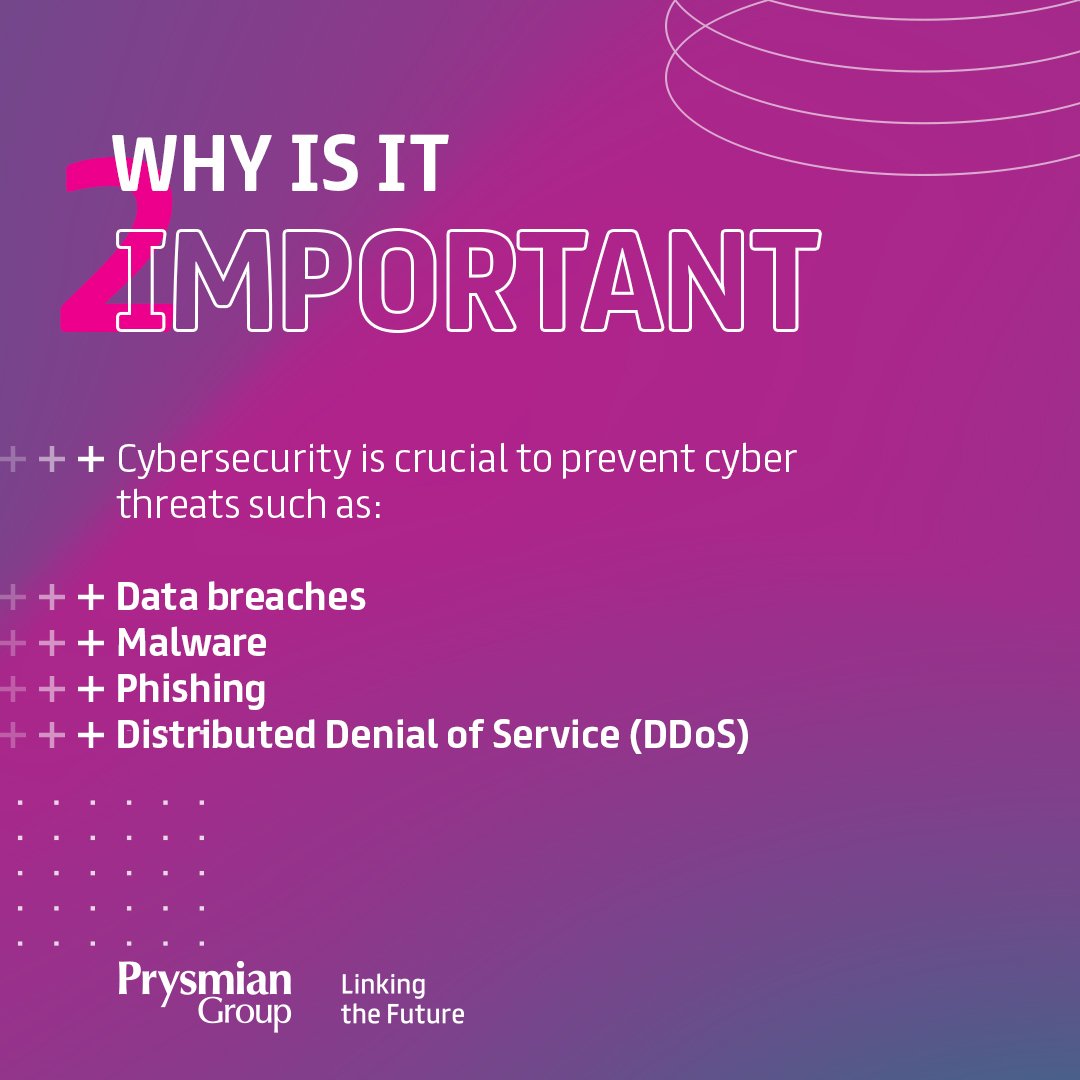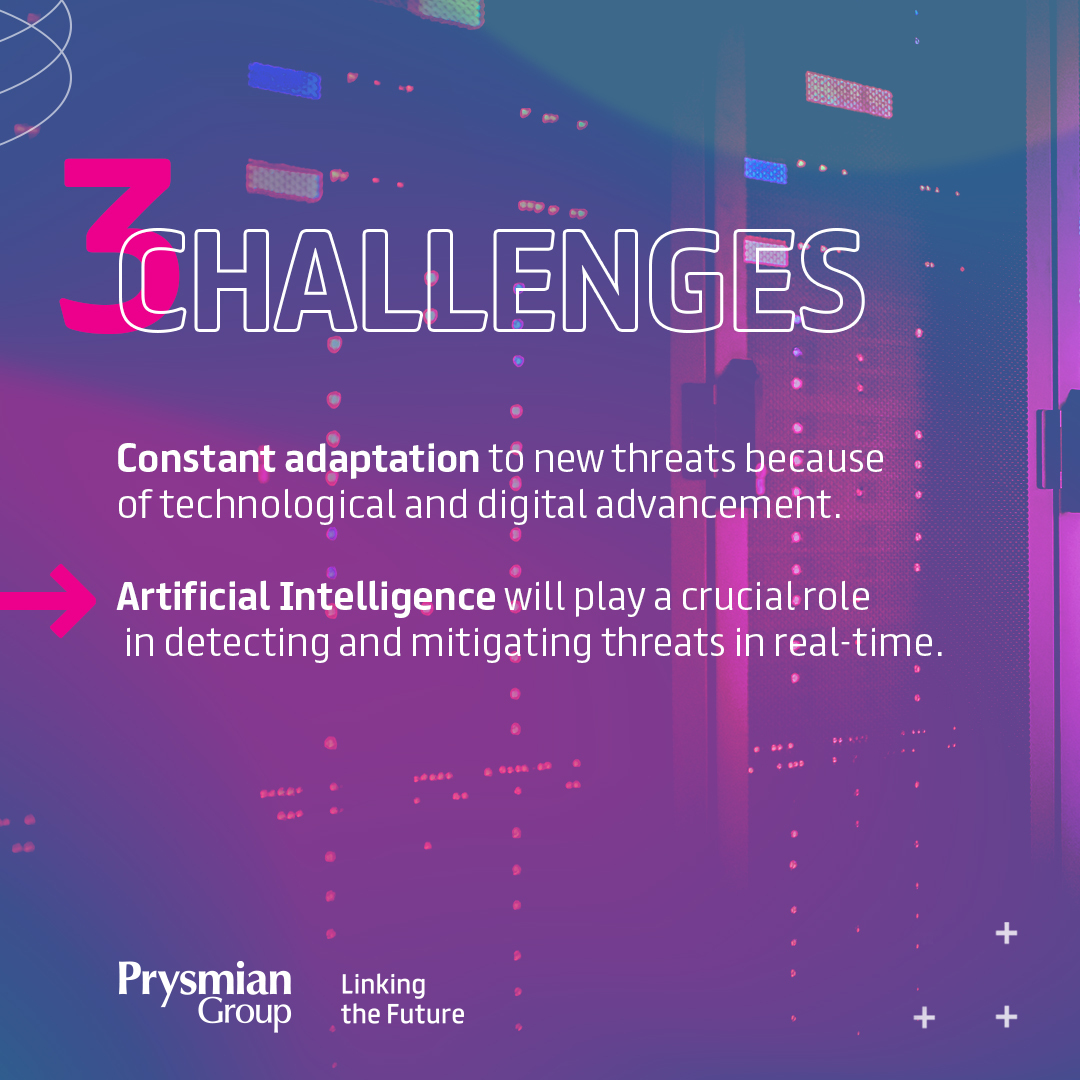What is cybersecurity? Risks and opportunities of digitalization
We live in a highly interconnected world, where digitalization has become an integral part of our daily lives. Smartphones, laptops, smart TVs and also smart home appliances are part of our everyday life; this makes quite clear how the need for cybersecurity measures has never been more critical.
What you will find in this article
- The definition of cybersecurity
- The evolution of digitalization
- Why is cybersecurity so central in the digitalization era
- How cybersecurity and the metaverse are related
- What should we expect from the future of cybersecurity









